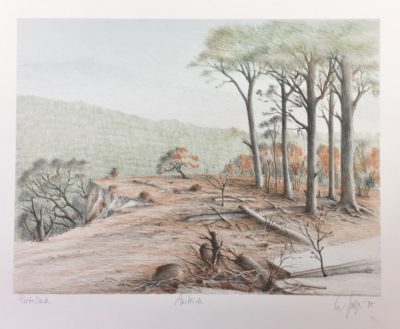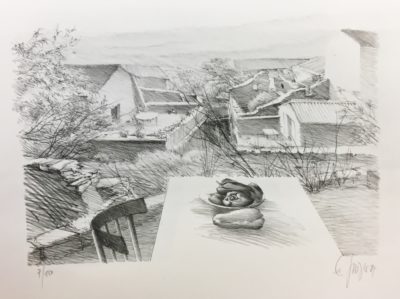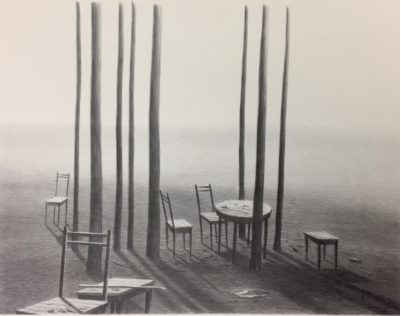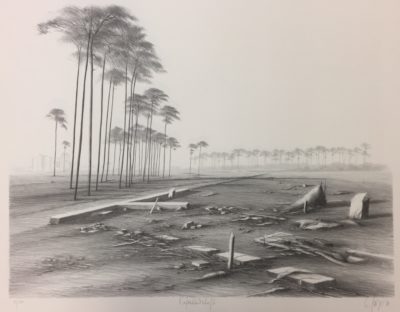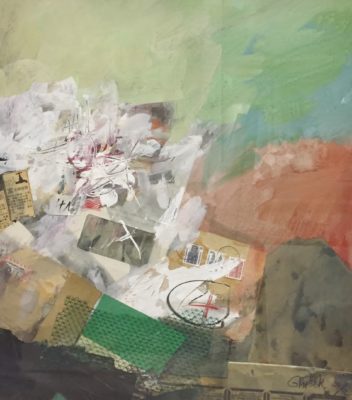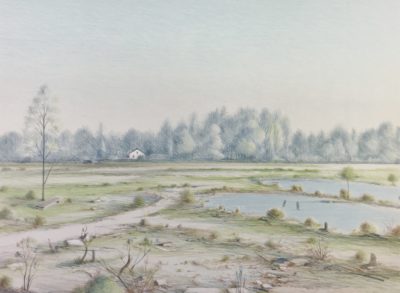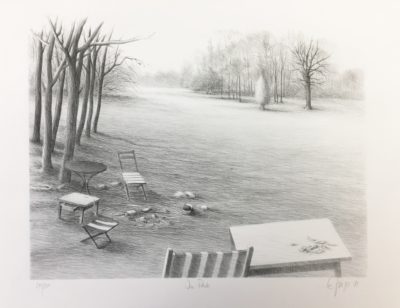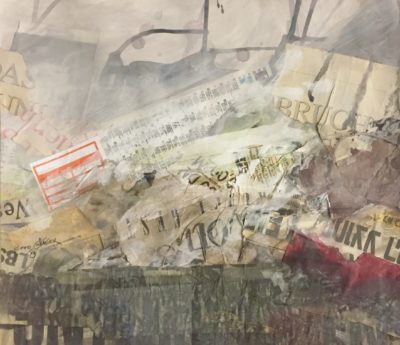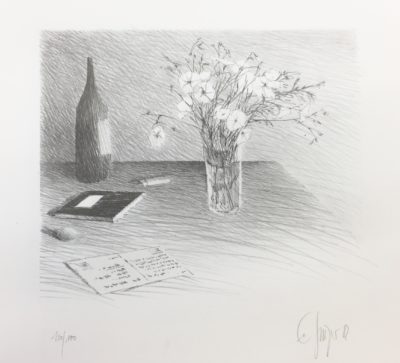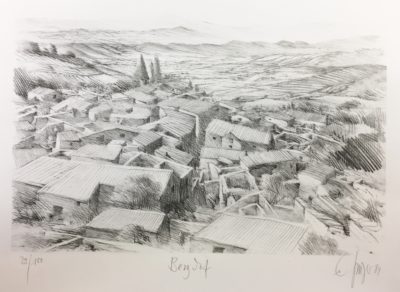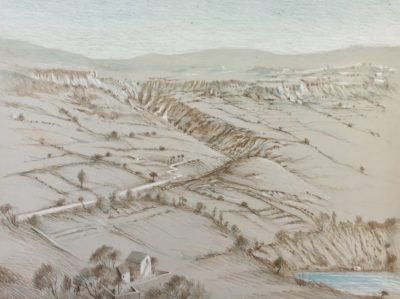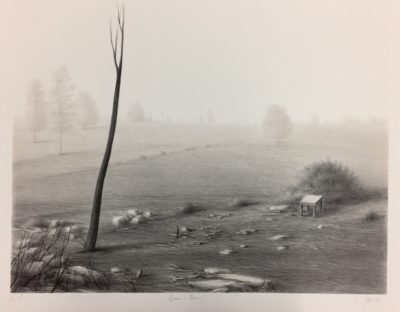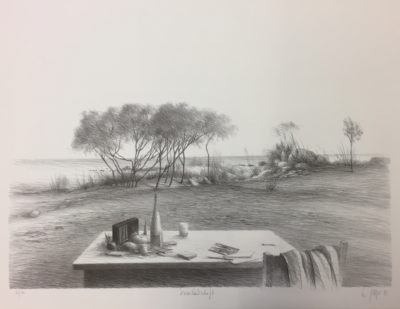Ev Grüger
Ev Grüger (* April 10, 1928 in Altenburg, Thuringia; † November 9, 2017)
Ev Grüger attended the master school for the textile industry in Plauen in Vogtland from 1942 to 1944, which was closed in 1944, like all art schools. Grüger then had to work in an armaments factory until the end of the war. She then studied at the University of Fine Arts in Weimar until 1949. She attended courses there with Otto Herbin for painting and Hans van Breek for sculpture. In 1951, Grüger decided to leave the GDR and move to Berlin to study at the Academy of Fine Arts in Berlin from 1951 to 1957, where she attended courses with Hans Uhlmann (wire sculpture) and Kurt-Hermann Kühn (mural painting), among others. Finally, she studied for nine semesters with Karl Schmidt-Rottluff, whose master student she became. During one of her visits to Berlin, Hanna Bekker vom Rath discovered textile works by Ev Grüger and "lured" the artist to Hofheim, where she settled as a freelance artist from 1958. Grüger had been a member of the Darmstadt Secession since 1974 and took part in many of the group's annual exhibitions. At the advanced age of over 80, Grüger joined the painters' group Nonagon to.
Grüger left behind an extensive oeuvre characterized by "formal rigour" and a "meticulous painting style", which also makes the individual work unmistakable through "a very idiosyncratic manner and conception". Although nude drawing and portraiture were part of her artistic training, Grüger largely refrained from depicting people in her works, giving the scenery in her works both an objective validity and an apocalyptic perspective. In this way, "sadness and loneliness" conquered the pictorial narrative, which was rarely juxtaposed with "joy". "Threatening or threatened, deserted landscapes" became Grüger's "trademark". In her early paintings, the artist "explored abstract forms reminiscent of technical apparatus". During this period, she also created "drawings that thematize still lifes and landscapes", which "show the detailed composition of the subject detached from its surroundings."
In Grüger's pictures, nature, such as trees, often appears bare in winter, burnt or in strictly guarded shelters. Grüger used titles very sparingly, but when they were used, they were often used to criticize the overexploitation of nature: 'garbage dump', 'clear-cutting', 'edge zone' or 'nature conservation' are the names of some pictures that address the issue of the destruction of nature. Grüger possessed a pronounced ability to see spatially; she artfully incorporated her interest in architecture into her compositions. These abilities resulted in both representational and "abstract, but not abstract" compositions of high quality.
Grüger worked with various techniques: she mastered pencil, colored pencil, charcoal, ink and graphite drawing, worked in watercolor and oil and used woodcut art, screen printing and offset lithography. Her textile works and collages have also been preserved, and in old age Grüger also turned to caricature.


